Letters from Madagascar: Rain adventures in Manakara
During the two weeks I spent in Manakara, my classmates and I took a three day trip to a lemur research station in Kianjavato (Key-ahn-za-vah-too). We spent those days in the rainforest, getting drenched in rainstorms, and running after lemurs. One day, while doing a transect, it began to downpour in the way that it does in the rainforest. None of us had a raincoat; when we looked at the sky fifteen minutes previously, it had been perfectly clear. The rain plunked and pitter-patted on the massive leaves, collecting in puddles that would run in a steady stream onto your head, if you were unfortunate enough to stand beneath it. The ground became slick with mud. Shortly, I was soaked and covered in mud and cuts and scrapes from the spiny plants (apparently, they exist in the rainforest too). Then, miraculously, the rain stopped, and we were hiking in an abandoned government coffee plantation. The paths were open and the trees soared into the sky. And suddenly, there they were: the lemurs. To be specific, the greater bamboo lemur, the rarest species of lemur in Madagascar. And one of them pooped on my friend’s hand! It was an incredible experience, and we were all laughing and dripping wet and immensely happy to be there in that forest, with the rain and the trees and the lemurs and such good friends.
That night, three of us put on our rain gear and our headlamps and trekked back into the rainforest. Leading us were three guides, Malagasy employees at the research center, who carried a large metal cage containing an aye-aye. The aye-aye is an incredible animal that has evolved to fill a woodpecker’s niche. Instead of a beak, they have a long, skeletal index finger that they use to tap on bark to find grub. It is a large-ish animal, with sparse hair and giant, round eyes. In short, it is so ugly that is cute. When it is bedraggled and wet, it is even uglier and cuter. After an hour of hiking through thick, rainforest underbrush, a light but steady rain drenching every surface, we arrived close to the aye-aye’s home. The guides opened the cage, and the aye-aye, drugged and drowsy, crawled out and began climbing back toward its home. I was soaked, tired, and scratched, but something about the silence of the woods and this sleepy little monkey returning to its friends and family made it all better.
On the hike back, my headlamp faded to nothingness. I scootched down the mountain side on my bottom, squinting to see by the light of the guide behind me. When I slid, he caught my arm and helped me up. “Mora mora, scootch-scootch,” he said, laughing and shining his light on the next portion of the trail. Slowly, slowly, scootch-scootch.
The release of the aye-aye made me think of all of you, my friends and family, so far away. I miss you all incredibly. But I am here in this country, scootching along in near-blindness, sometimes sliding, sometimes sticking. Along the way, I meet these incredible people—guides and friends and professors and students—who catch me on my way down and help me to find my feet, if only for a moment. It is such a lesson in the importance of interdependence. So, to end this note, just a quick thank you to all those friends, near and far, who have caught my arm, helped me up, and helped me find the next part of my path. I have loved taking this journey with you all.
Much love,
Hannah





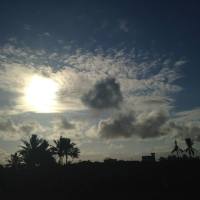
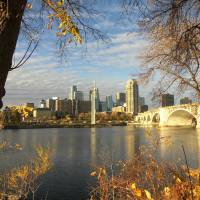
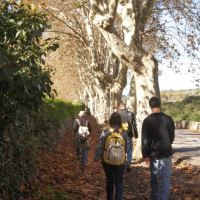
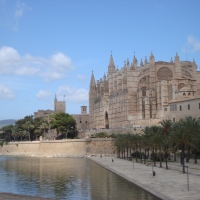
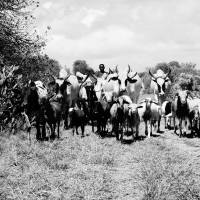
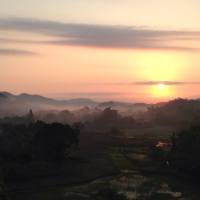
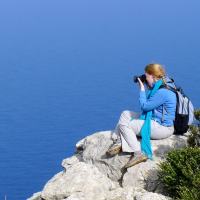
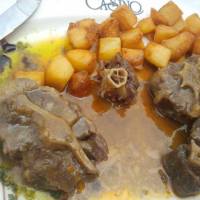
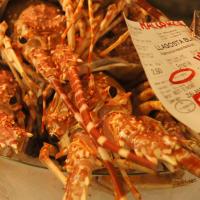



What beautiful pictures. The aye aye sounds just fascinating, ‘so ugly it’s cute’ – love that!